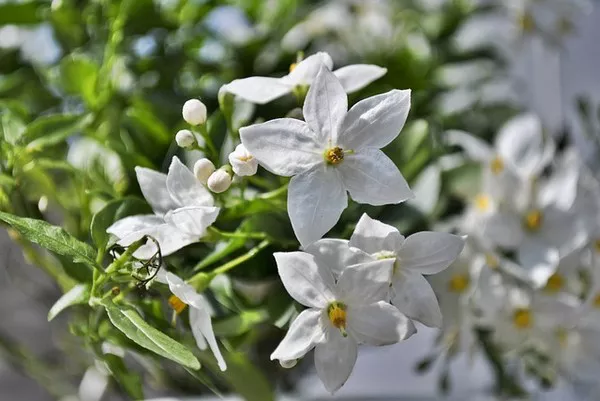Switchgrass, a perennial plant with significant biofuel potential, is the subject of in-depth research conducted by scientists from the MSU-DOE Plant Research Laboratory’s Walker lab. Their investigation aims to understand how switchgrass continues to regrow, even with reduced carbon storage, shedding light on the key to its sustainable development.
Unlike annual plants that complete their lifecycle within a single season, perennials like switchgrass return year after year. To ensure their survival through the winter and successful regrowth in the spring, perennials must store adequate food resources, akin to a bear preparing for hibernation.
In a previous study, researchers explored what limits switchgrass growth and why it ceases to grow after reaching a certain size in the middle of summer. They found that environmental factors, such as sunlight and water availability, influence the growth rate of switchgrass. Interestingly, both rainfed plants and those under shelter without water during the season stopped growing at the same point.
The breakthrough discovery was that when the plant’s carbohydrate reserves become full, it automatically halts its growth. Just like a bear storing fat for hibernation, switchgrass utilizes its roots to store the carbohydrates produced during photosynthesis.
Building upon this finding, the researchers conducted a follow-up study, documented in GCB-Bioenergy, where they intentionally depleted switchgrass’s carbohydrate reserves by 30%. They targeted the plant’s rhizome, where carbon reserves are stored, by maintaining it at a slightly higher temperature to increase carbohydrate consumption.
Despite starting with a 30% depletion of carbon reserves, the treated switchgrass not only reached a comparable size to control plants but also managed to replenish its reserves by the end of the growing period. This remarkable resilience was achieved through heightened photosynthesis rates, facilitated by the growth of additional tillers (stems) that produced more leaves, thereby capturing more sunlight for photosynthesis.
Berkley Walker, assistant professor at the PRL and in the Department of Plant Biology, emphasized the significance of this research. He suggested that understanding the mechanisms responsible for slowing down plant growth and photosynthesis could enable scientists to manipulate these biological responses. This, in turn, could lead to the development of switchgrass varieties with continuous growth and sustained photosynthesis throughout the season, even when sufficient carbon reserves are stored for winter. Such an achievement would result in increased biomass and potentially higher biofuel yields.
Switchgrass is an attractive candidate for biofuel production due to its cost-effectiveness, low maintenance requirements, and native presence in North America. The researchers’ work not only advances our knowledge of perennial grasses but also holds the promise of contributing to a more sustainable and eco-friendly world by incorporating switchgrass into the landscape.


